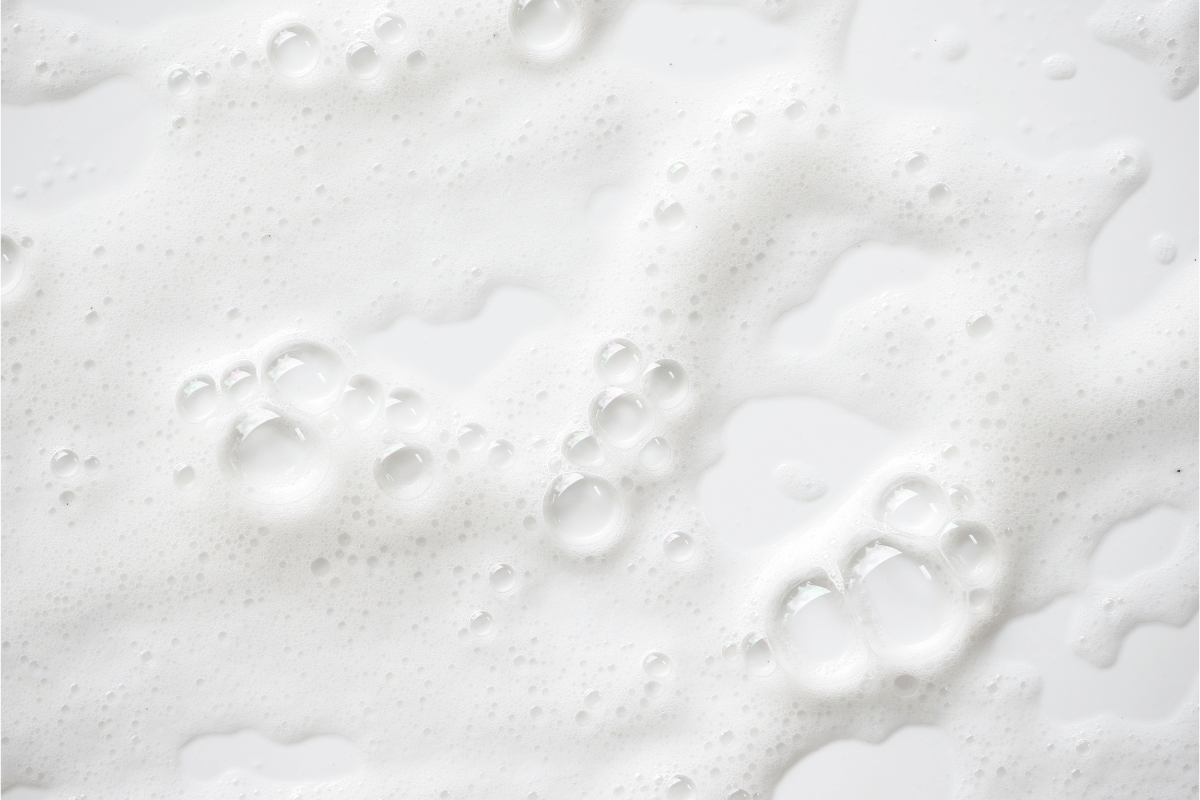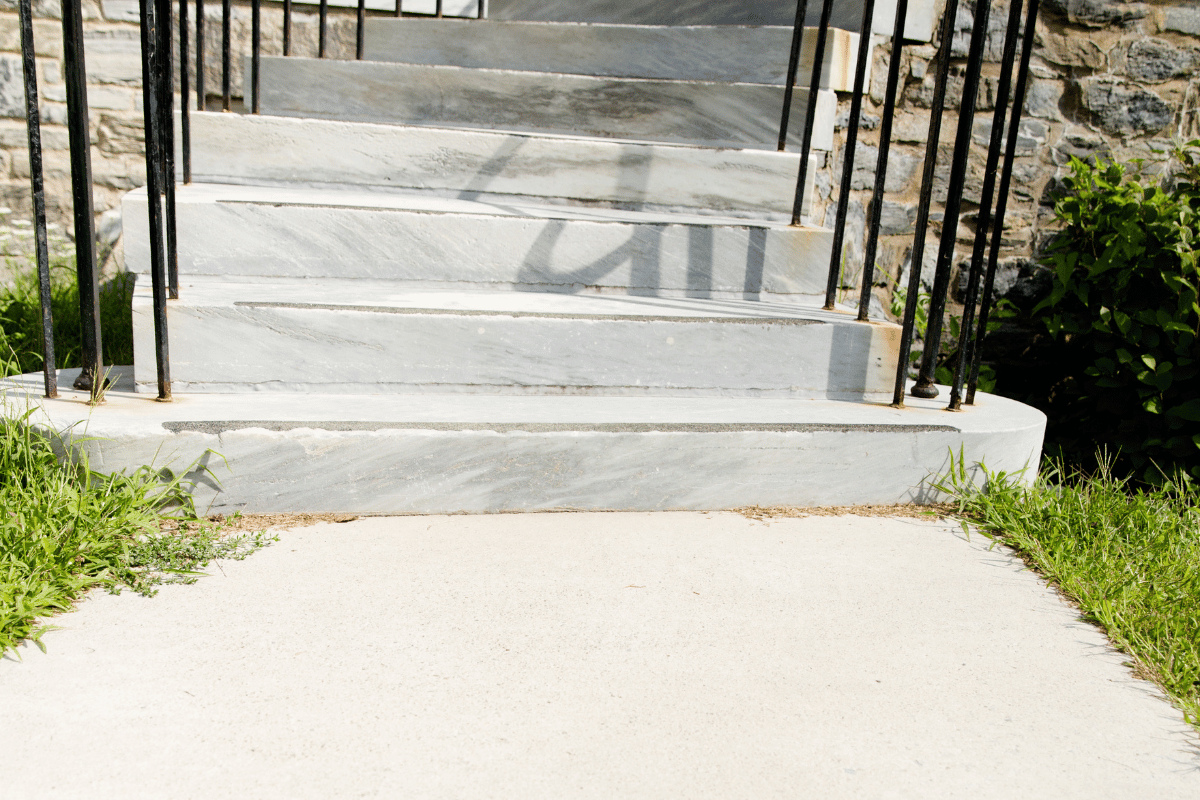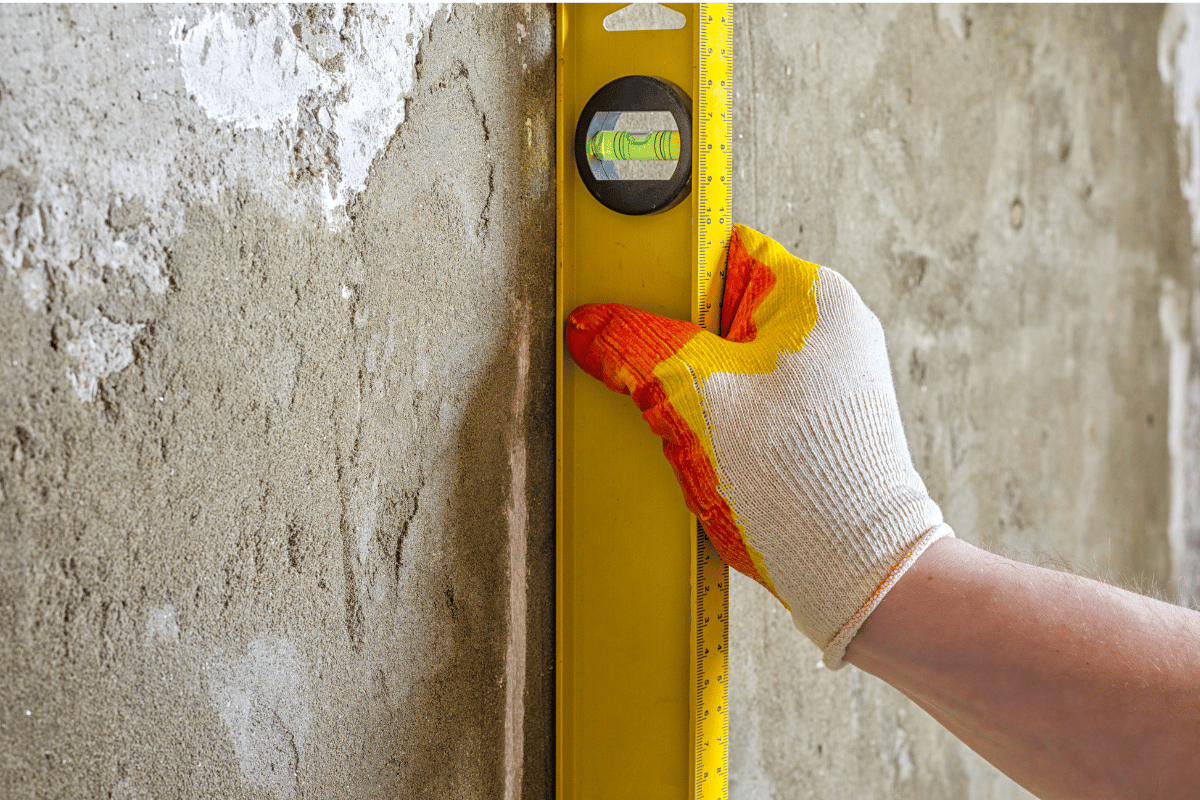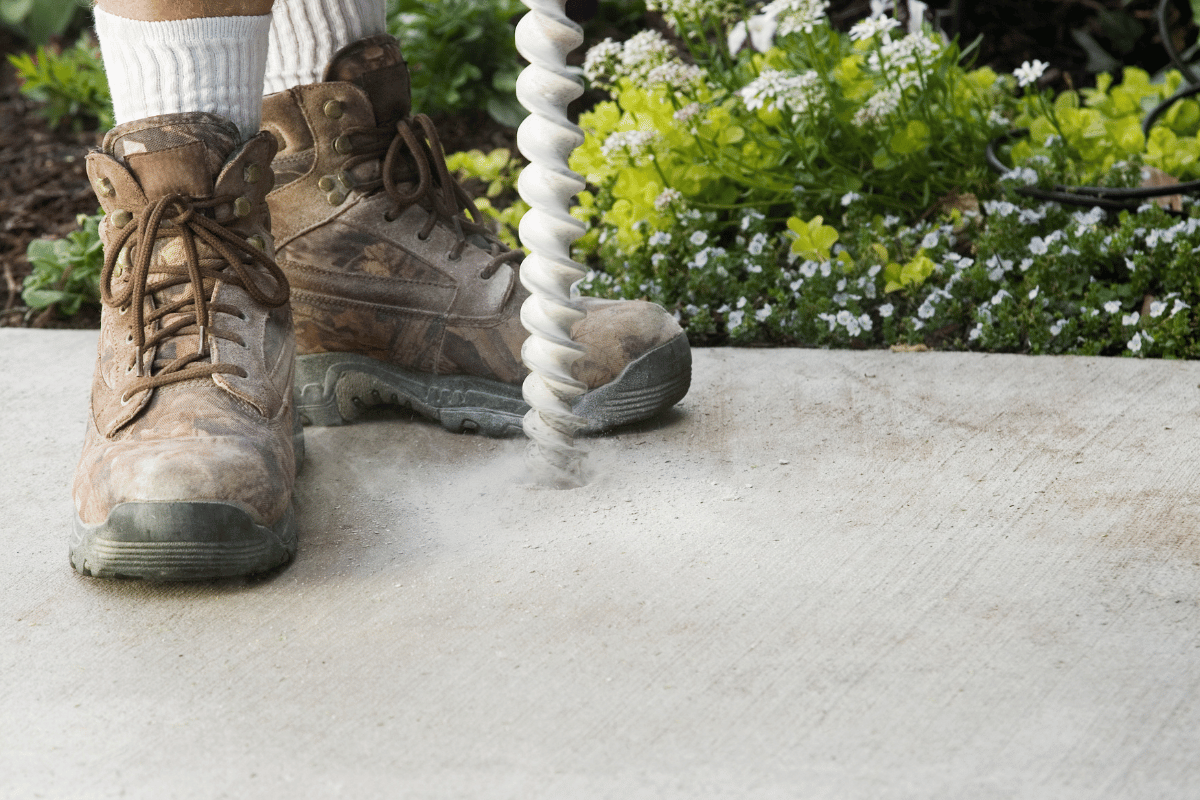A well-maintained concrete driveway not only enhances the curb appeal of your property but also adds to its longevity. With time and usage, concrete driveways can develop cracks, settle unevenly, and lose their luster. This comprehensive guide by FoamWorks will provide you with expert tips and techniques for concrete driveway repair, ensuring your driveway’s strength and beauty is restored.
Assessing the Damage
Before diving into repair techniques, it’s essential to assess the extent of the damage. Cracks, uneven surfaces, and faded surfaces are common issues that require attention. Depending on the severity of the damage, you may require a simple fix or a more complex repair process.
Repair Technique that Works Best
Concrete leveling is the process of lifting settled concrete to its original position. FoamWorks uses polyurethane foam, an innovative method that provides quick and long-lasting results. The steps include: a. Drilling small holes in the affected area. b. Injecting polyurethane foam. c. Sealing the holes and finishing the surface.
Benefits of Professional Repair
While DIY repair methods may seem cost-effective, they often lack the durability and effectiveness of professional services. FoamWorks’ experts possess the skills, experience, and equipment to provide long-lasting repair solutions that maintain your driveway’s structural integrity and aesthetics.
FoamWorks’ Repair Solutions
FoamWorks specializes in concrete driveway repair using innovative polyurethane foam injection techniques. Our professional team ensures a seamless and efficient repair process, restoring your driveway’s surface and keeping it strong for years to come.
Conclusion
Investing in the repair and maintenance of your concrete driveway is a wise decision that brings both aesthetic and functional benefits to your property. By following the expert tips and techniques provided by FoamWorks in this comprehensive guide, you can restore your driveway’s strength and beauty. Assessing the extent of the damage is the first step, followed by selecting the appropriate repair technique.
Concrete leveling with polyurethane foam, offered by FoamWorks, is a highly effective and efficient method that yields long-lasting results. The process involves drilling small holes, injecting the foam, and sealing the surface, resulting in a restored driveway that is both visually appealing and structurally sound.
While DIY methods may appear cost-effective initially, they often lack the durability and effectiveness of professional repair services. FoamWorks’ team of experts possesses the necessary skills, experience, and equipment to deliver high-quality and durable repair solutions. By entrusting your concrete driveway repair to professionals, you can ensure that your driveway maintains its structural integrity and aesthetics for many years to come.
FoamWorks specializes in concrete driveway repair using innovative polyurethane foam injection techniques. Their professional team guarantees a seamless and efficient repair process, offering you peace of mind and a beautifully restored driveway. Don’t let cracks, uneven surfaces, or faded areas diminish the appeal of your property—choose FoamWorks for expert concrete driveway repair and enjoy a revitalized and long-lasting surface.











Recent Comments